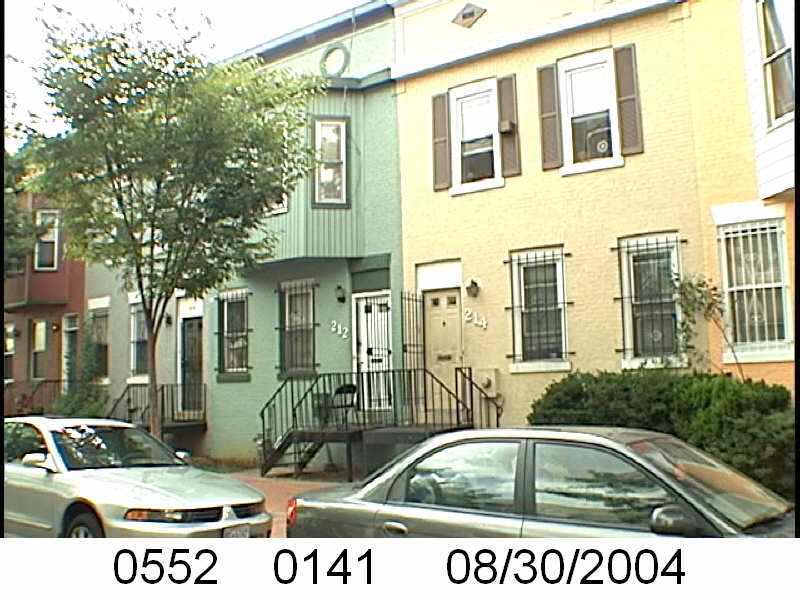The Washington Sanitary Improvement Company (WSIC) was a late 19th century charitable capitalism experiment that ended in the 1950s. This blog started looking at the homes that were supposed to be sold to African American home buyers, after decades of mainly renting to white tenants.
Looking at WSIC properties they tend to have a pattern where the properties were sold to a three business partners, Nathaniel J. Taube, Nathan Levin and James B. Evans as the Colonial Investment Co. for $3 million dollars. Those partners sold to African American buyers. There was usually a foreclosure. Then the property wound up in the hands of George Basiliko and or the DC Redevelopment Land Agency (RLA). Then there were the odd lucky ones who managed to avoid that fate.
Let’s see what happens with 212 Bates St NW:
- January 1951 Evans, Levin and Taube sold one-half of 212 Bates NW to Addie L. and John F. Friday.
- January 1951 the Fridays borrowed $2,525 from Colonial Investment Co. favorite trustees Abraham H. Levin and Robert G. Weightman.
- December 1950 (recorded 1/26/1951) Evans, Levin, and Taube sold the other half of 212 Bates St NW to Curtis L. and Vertie F. Shuford.
- December 1950 the Shufords borrowed $2,525 from trustees Abraham H. Levin and Robert G. Weightman.
- July 1954 the Fridays lost their home to foreclosure. Via an auction ownership returned to Evans, Levin, and Taube.
- July 1954 the Shufords lost their half to foreclosure, too. Partners Evans, Levin and Taube got the property back via an auction.
- March 1959, as part of a larger property sale, Evans, Levin’s survivors, Taube and their spouses sold 212 Bates Street NW to Sophia and George Basiliko.
- Probably around 1971 George Basiliko sold 212 Bates to the DC Redevelopment Land Agency (RLA). I can’t find the document.
- June 1980 the DC RLA, as part of a larger property package, sold 212 Bates St NW to the BSA Limited Partnership (Bates Street Associates).
So curiously, both buyers were foreclosed upon on July 1954. Five years later, in usual fashion for these stories, it was sold to George Basiliko. Another usual thing was Basiliko selling the property to the DC Redevelopment Land Agency, however I could not find that document. I know he sold it because later documents have the DC RLA as the owner. Then they sold it to a private partnership in one of those public private partnerships where the BSA was supposed to improve the property for sale.
